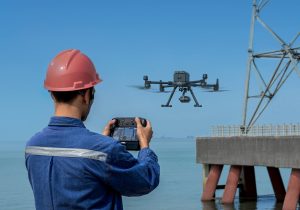Embarking on a journey from point A to point B should not just be a passage; it should be an experience that exudes excellence, luxury, and utmost comfort. In the bustling world of travel and transport, Premier Chauffeur Services emerges as a beacon of refinement and sophistication, offering a transportation experience that goes beyond the ordinary. Premier Chauffeur Services understands that transportation is more than just reaching a destination—it is about the journey itself. Our mission is to redefine travel by providing an exceptional and distinguished experience to our esteemed clientele. From the moment you step into one of our meticulously maintained vehicles, you become part of a world where opulence meets efficiency, and luxury meets practicality.

Our fleet is a manifestation of luxury, featuring a range of high-end vehicles, including sleek sedans, spacious SUVs, and elegant limousines. Each vehicle is designed with precision and maintained to the highest industry standards, ensuring a seamless and enjoyable ride. Our professional chauffeurs, not just drivers, are selected for their expertise, professionalism, and dedication to providing the highest level of service. When you choose Premier Chauffeur Services, you are not just hiring a car and a chauffeur; you are investing in an experience. We understand that every journey is unique, and our service is tailored to meet your specific needs and preferences. Whether it is a business meeting, a social event, or a leisurely outing, we are committed to making your journey exceptional and you could look here https://capcars.co/arlington/chauffeur/.
Safety and reliability are at the core of our service. Our chauffeurs are extensively trained and skilled, ensuring a safe and secure journey for our passengers. We prioritize punctuality, ensuring you reach your destination on time, every time. Our commitment to excellence extends to every aspect of our service, from the quality of our vehicles to the professionalism of our chauffeurs. At Premier Chauffeur Services, we believe in going above and beyond to exceed your expectations. Our customer-centric approach means that we are always available to assist you in planning and customizing your journey. Whether you need additional amenities, multiple stops, or a specific route, we are here to accommodate your every request. In summary, Premier Chauffeur Services offers more than just transportation; we provide an unparalleled experience that redefines luxury travel. Join us on the road to excellence and indulge in a journey marked by sophistication, comfort, and prestige. Book your ride today and discover the epitome of premier chauffeur services. Your exceptional journey waits.
